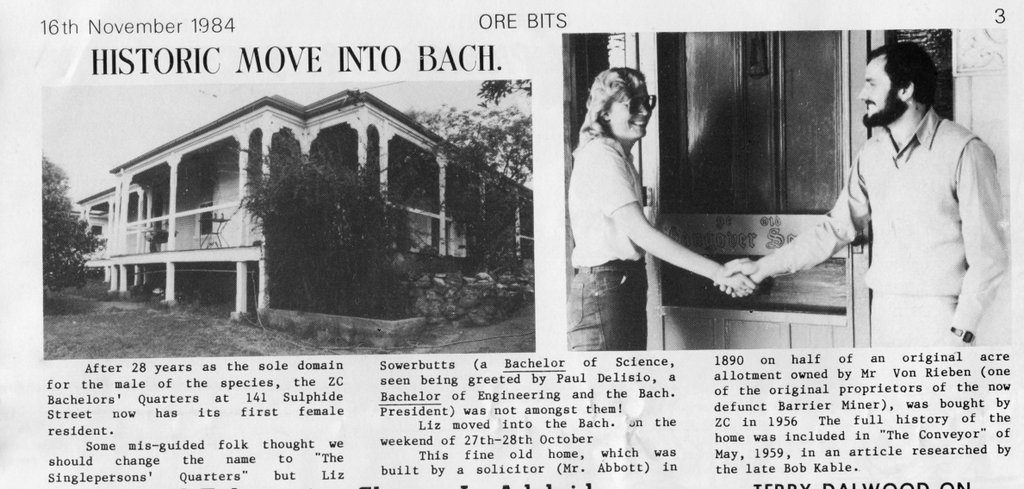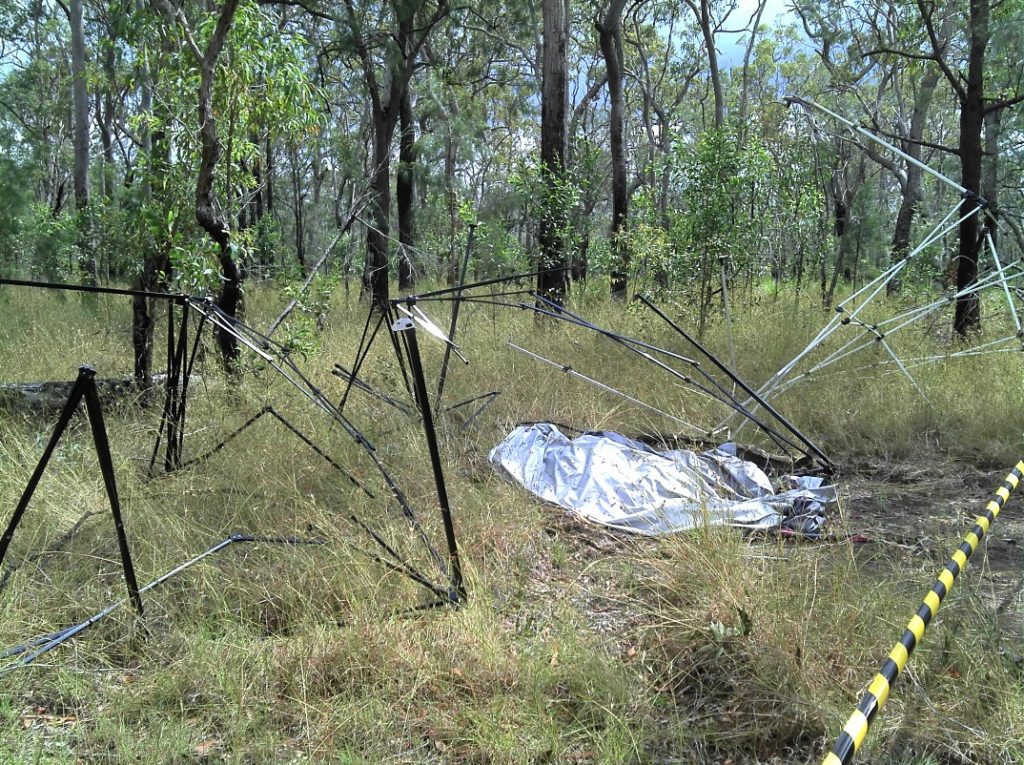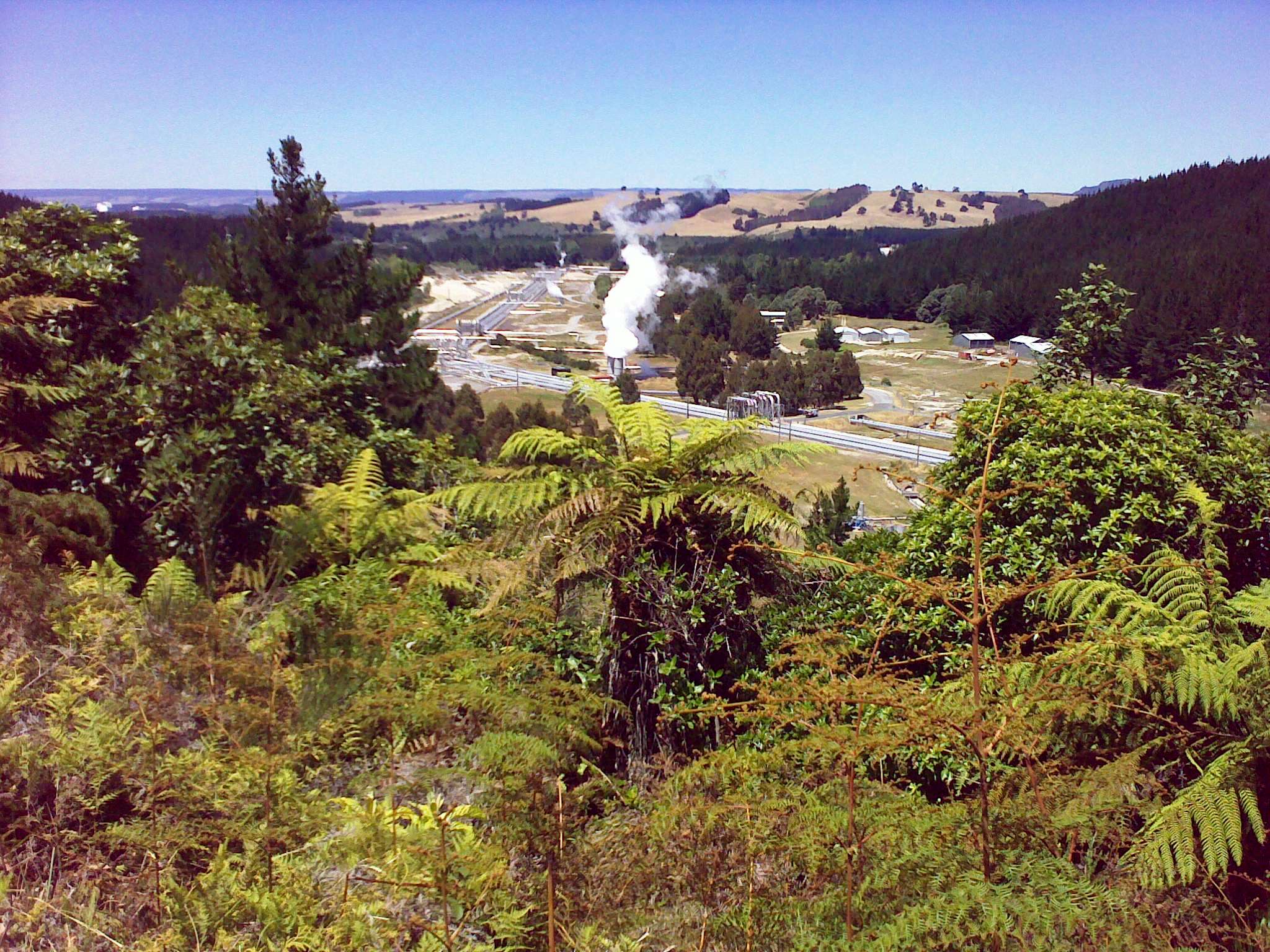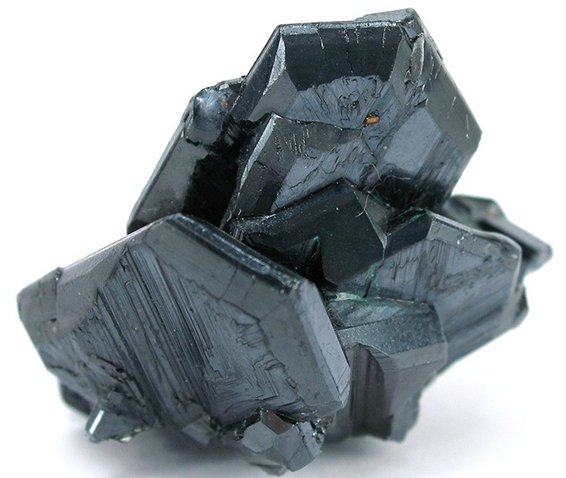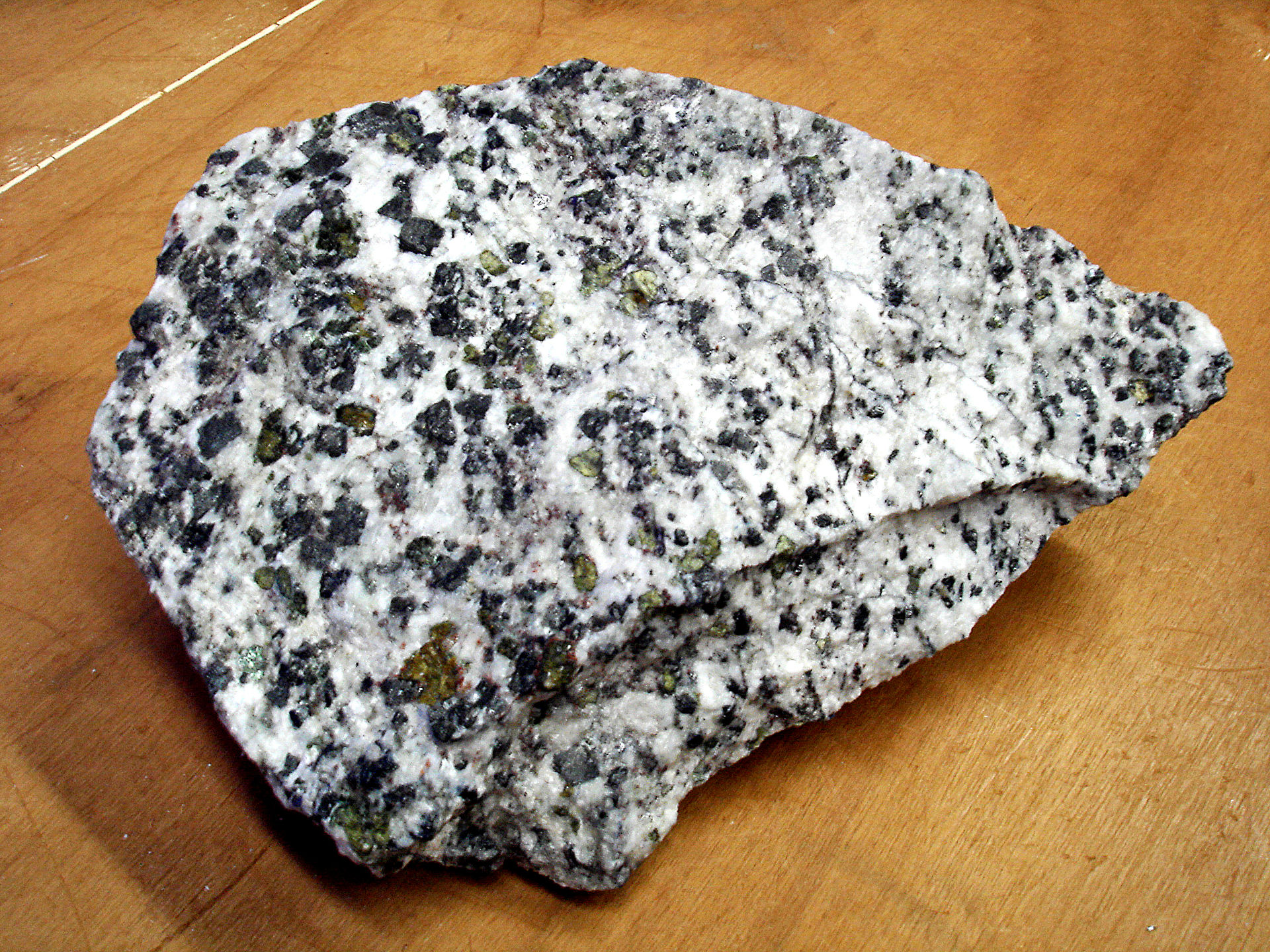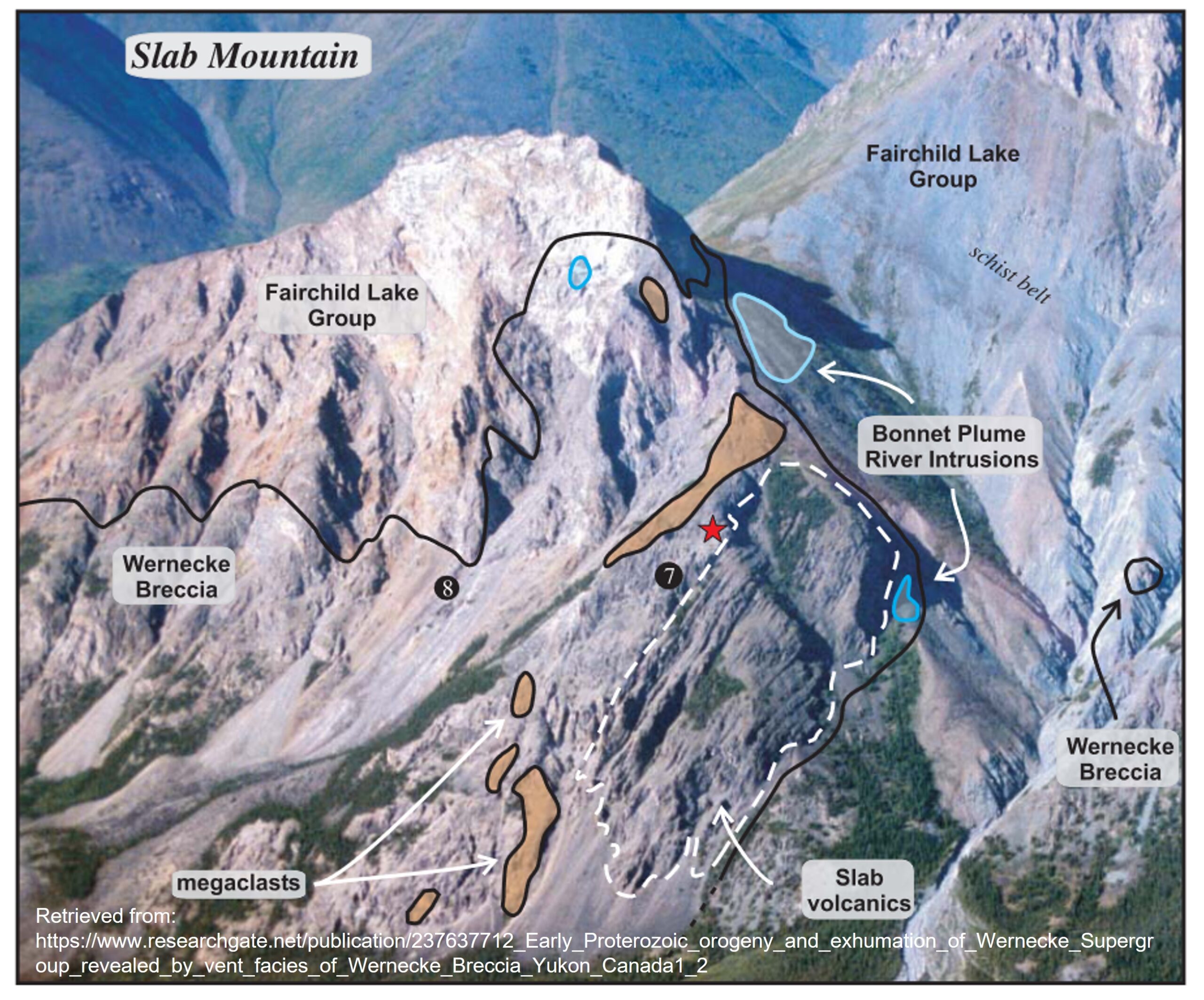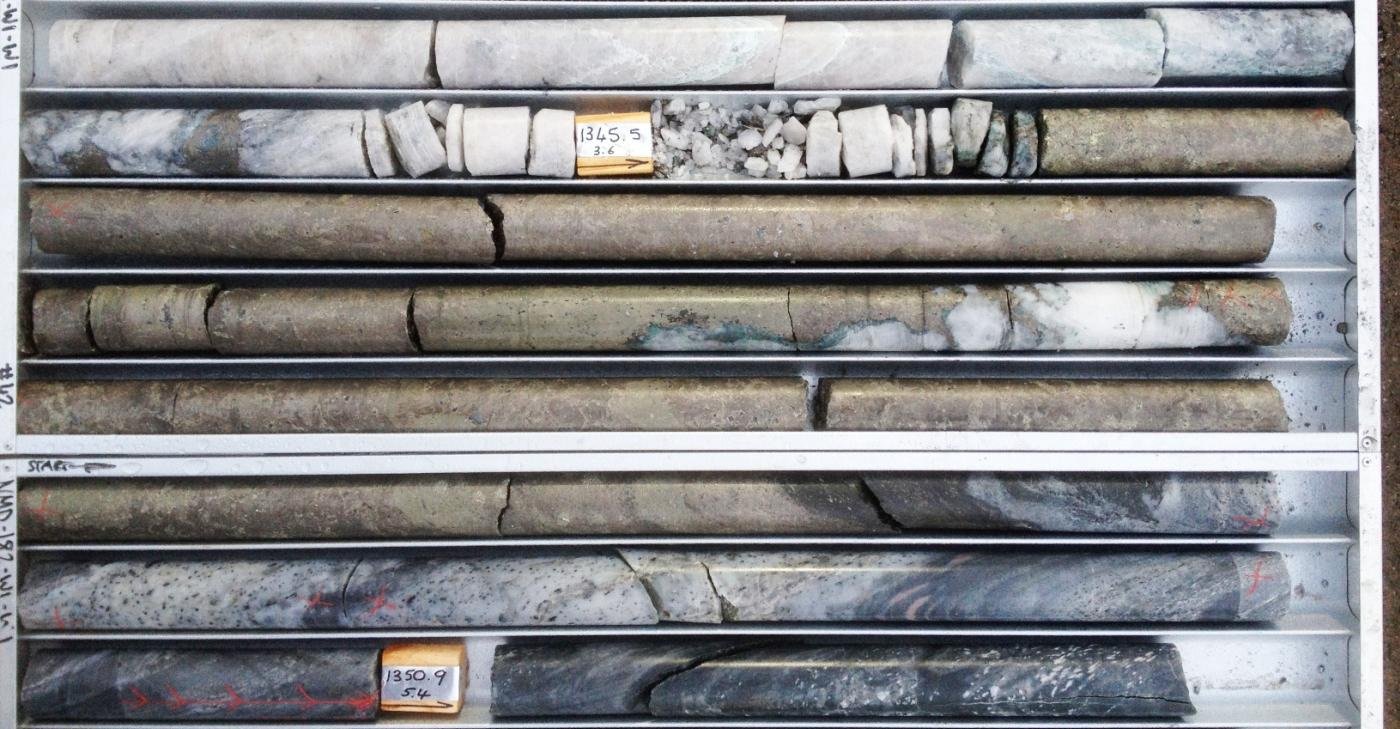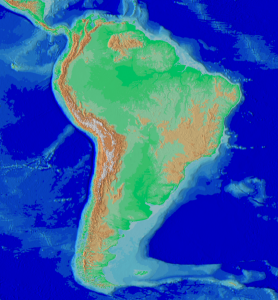
Valuable mineral resources are often found in locations that are truly difficult to access, and a problem that only gets worse when heavy machinery and large numbers of workers are factored into the equation.
Mining in the high Andes of Peru, Chile, Colombia, and other South American nations has increased significantly in recent years.
Unfortunately valuable resources including copper, gold, silver, iron ore, and many more are often products of intense mountain-building episodes that formed mountains like the Andes. These mountains are a prime example of an area that has large quantities of resources, but until recently has been mined relatively little in comparison to, the more accessible areas of South America, Australia, North America, and Europe. This is due to a combination of factors, which include access difficulties, health and equipment challenges, and resistance by local populations and environmental groups.
Mining in the high Andes of Peru, Chile, Colombia, and other South American nations has increased significantly in recent years. Investors from around the world are focusing attention on South America, and mining operations are increasing in size and efficiency after adoption of newer technologies and methods. Better, more modern equipment has greatly improved production in this part of the world, but many challenges still remain.
Mining With Altitude
Working at altitude poses a unique set of problems for miners and their equipment. Humans living and working at altitude are often afflicted with altitude sickness, which can manifest in a number of ways. Altitude sickness, usually occurs above 8,000 feet (2,400m). The majority of altitude sickness victims have symptoms similar to those of a hangover or the flu, including severe headaches, nausea, dizziness, and fatigue, and poor sleep patterns. Less frequently, cases can progress to potentially fatal conditions such as high altitude pulmonary or cerebral edema.
Altitude sickness is a very real issue for many mines in the high Andes, with operations common at elevations above 14,000 feet (4,000m). In order to decrease incidences of altitude sickness among workers and site visitors, major mining operations commonly require acclimation days prior to commencing work on site. This provides time for the body to adjust to the decreased atmospheric pressure and corresponding reduction in the amount of available oxygen. In addition to time to acclimatize, many companies also require physical examinations and breathing tests of their employees and site visitors before they are allowed to proceed to the mine.
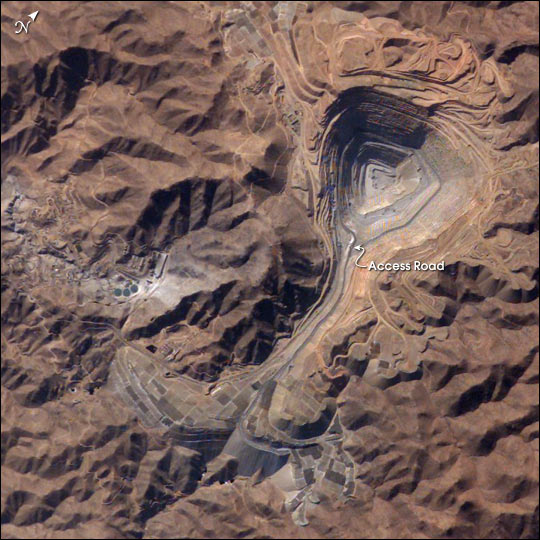
Altitude sickness is not the only risk associated with working at high elevations. Studies have shown many other effects of high altitude working conditions including damage to the heart, lungs, brain, eyes, kidneys, circulatory system, muscles, and bones. Some of these are severe, and they range from acute, sudden occurrences to chronic, long-term problems. Diesel exhaust is also more hazardous at high elevations, as carbon monoxide levels are elevated relative to oxygen levels. This can cause problems for workers with pulmonary diseases.
This is just a sampling of the issues that affect miners at high altitudes, and mining companies are making efforts to select healthy workers, allow them time to acclimatize, and monitor the physical conditions of workers at these mines. The long-term effects of mining at high altitudes on workers’ health have not been studied thoroughly yet, so many mining operations are proactively attempting to mitigate any potential health effects.
Engineering with Altitude
Engineering challenges are also common at high altitude, as machinery and systems often perform differently at high altitude than they do at lower elevations. Vehicle performance can be compromised due to loss of horsepower at high elevations for carbureted gasoline engines. However, it is possible to use lower octane fuels at high altitudes, which will affect some of the vehicles on a typical mine site. Diesel fuel also can be subject to performance issues at colder temperatures, as it typically gels below 40°F (~4.4°C), but diesel vehicle performance is typically better than that of gasoline vehicles at high altitudes. Mining operations must balance this information carefully when deciding what types of vehicles and equipment to use for each individual mine site, and no solution is one-size-fits-all.
Local Opposition To Mining
Local opposition to mining operations is common in South America, and has its roots in many different elements of fact and perception. Many mineral resources are found in areas that are part of the cultural heritage of local indigenous populations, and these people may have received poor treatment at the hands of foreign or big city industries in the past. Protests and demonstrations against mining operations have resulted in injuries, damage to buildings and equipment, and occasionally in fatalities.

Perception that large mining companies do not care for the local people or the environment is slow to change, and can be accomplished only through careful, diligent work on the part of the mining companies. Many companies are now choosing to involve local leaders and community groups in discussions prior to opening mines. In certain areas, a number of jobs are allocated to local residents. Some countries and regions enact stricter environmental regulations with the goal of eliciting compliance from mining companies. Mining operations have also taken the initiative, in many instances, to adhere to stricter environmental practices than those that they are legally required to meet. This can also help improve relations with local communities.
One recent noteworthy community relations effort is underway involving the Chinalco company of Peru and the residents of the local town of Morococha. The town of 5,000 people is located at an altitude of about 15,000 feet (~4,572m), near an area rich with copper deposits. The residents have been living next to mine tailings for years, so Chinalco is spending roughly US$50 million on a new town, which will provide improved housing and modern conveniences. The new town, named Nueva Morococha, was designed with input from current residents. To date, this initiative is one of the most significant efforts, to improve local perception of a large mining operation. It is certain to be carefully watched by the international mining community as a bellwether for future South American mining endeavors.

